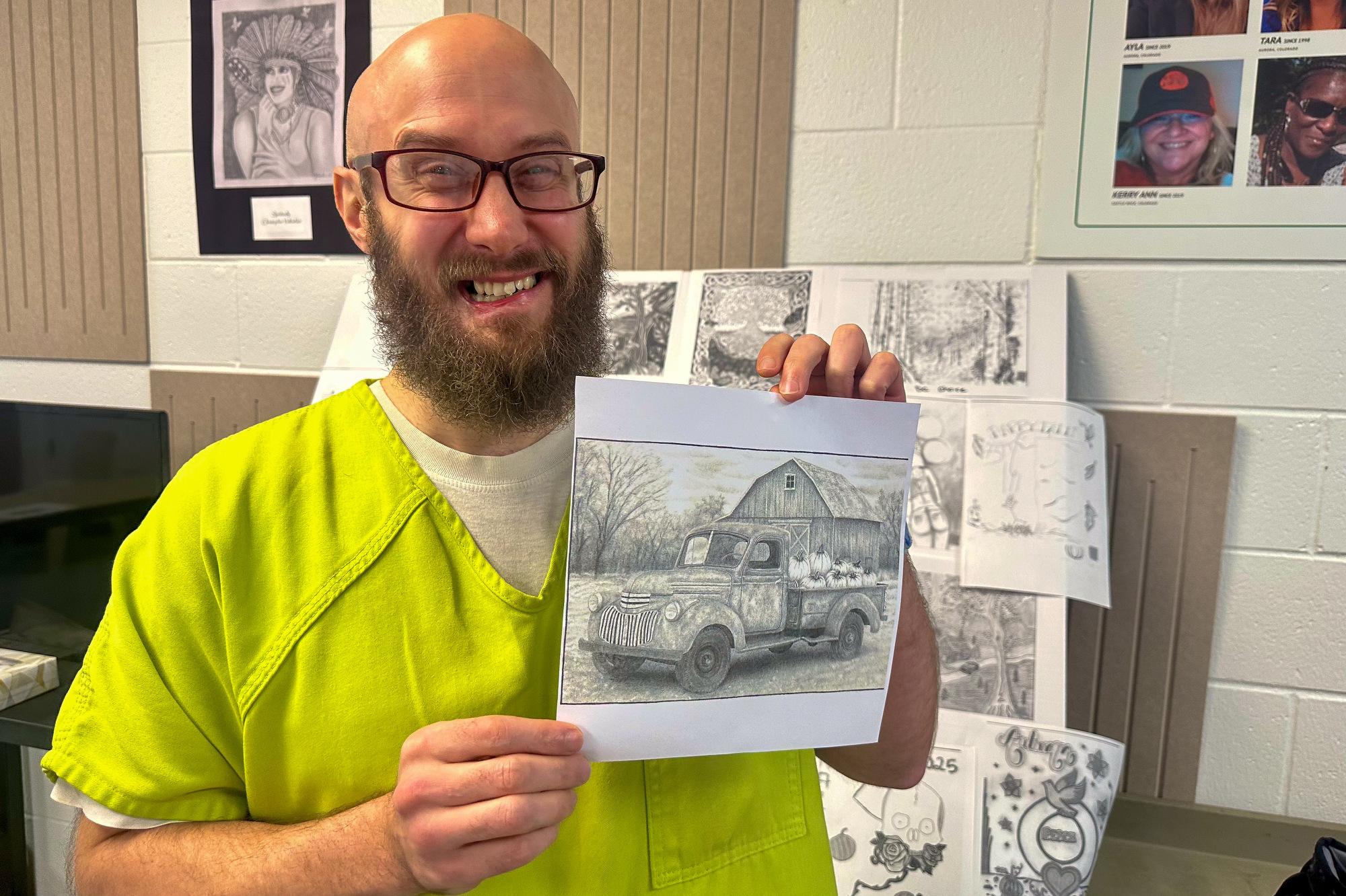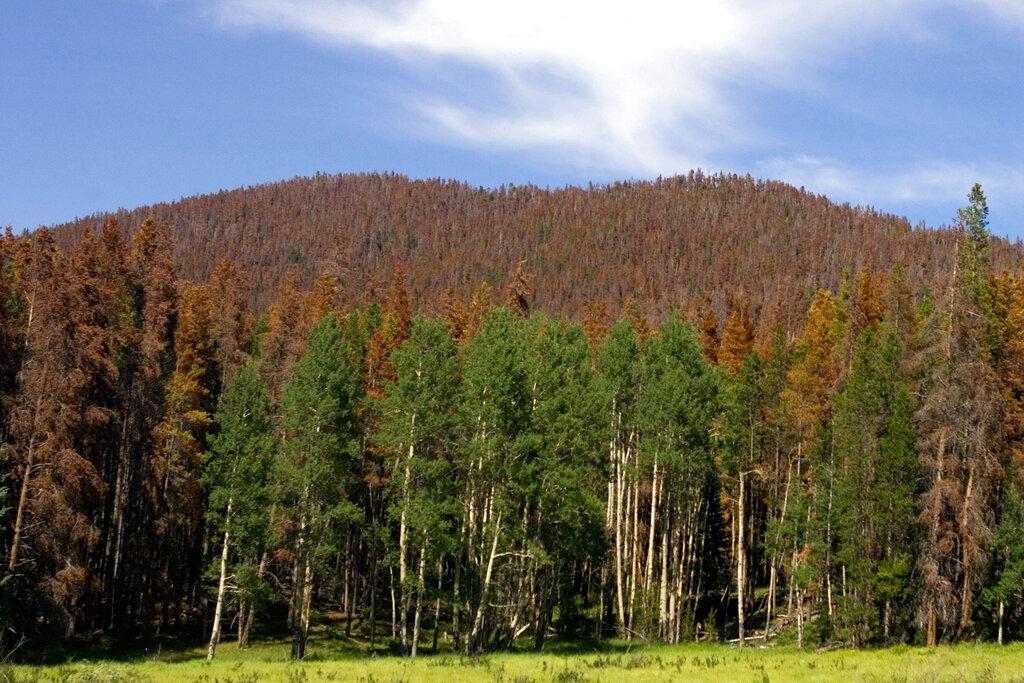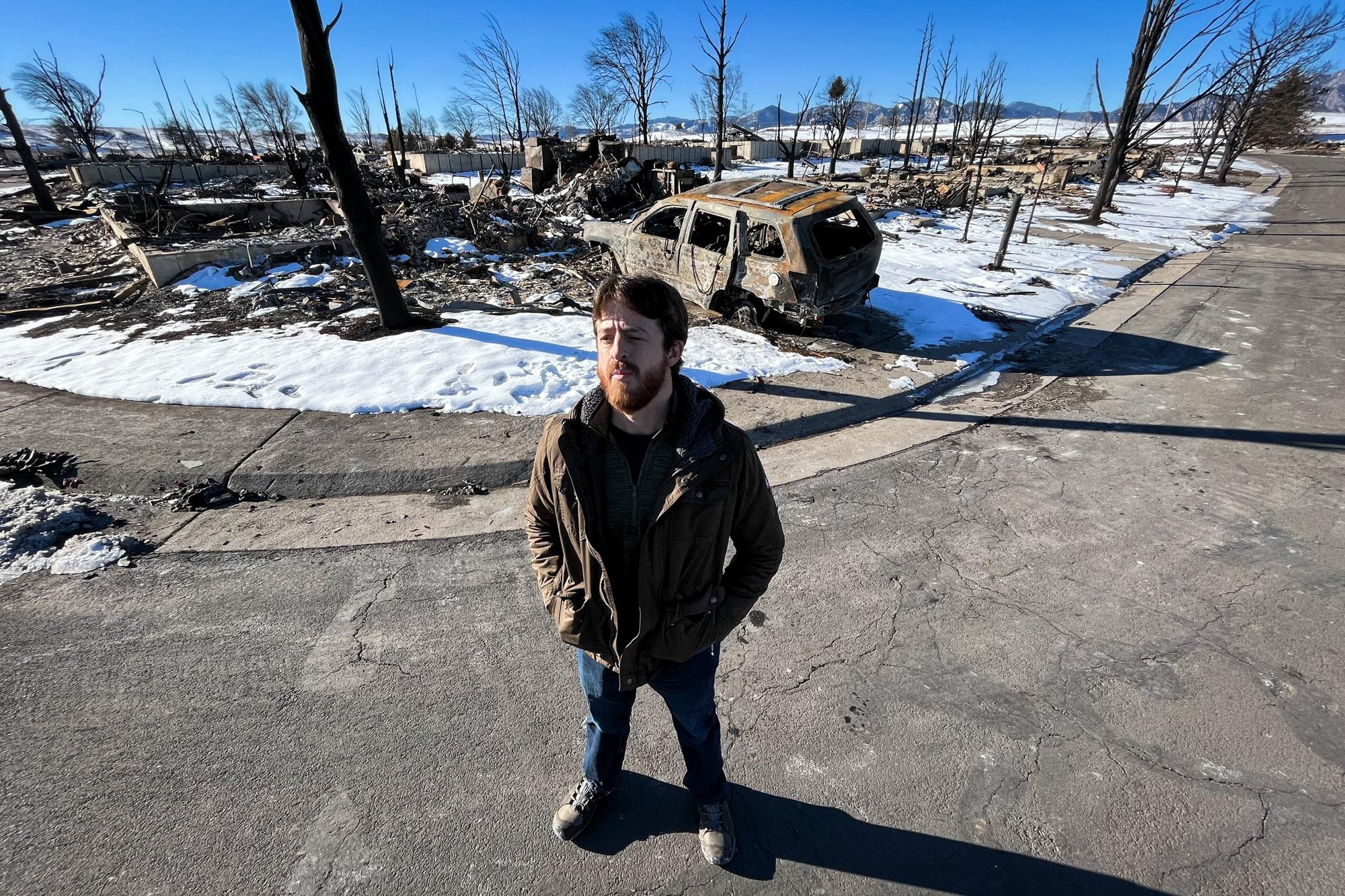
Boulder County lost more than a thousand homes to quick-moving grass fires fueled by record-warm temperatures and drought in the unseasonable month of December. It’s now Colorado’s most destructive wildfire ever recorded and climate scientists warn that the threat of similar fires could grow in a hotter world.
To better protect communities, some lawmakers and fire experts say it's time for Colorado to require homes to be built to better survive flames. Some counties and municipalities have adopted their own rules, but there's currently no statewide wildfire building code in Colorado like in some fire-prone western states like California and Utah.
Crews have begun to clean up and remove what is left of the Sagamore neighborhood in Superior. The Marshall fire wiped out an entire subdivision made up of hundreds of homes built in the 1990s. The neighborhood had small lawns and shady clusters of trees. Grassy open spaces near the homes, which were used for recreation and agriculture, are where the fire first sparked, officials say.
Samantha Shelnutt never imagined her community could burn.
“Obviously wildfires happen and forested areas burn down every year,” Samantha said. “But no, to be in such a close community with our houses so close together, I never thought it would burn down.”
Even as Samantha and her family were rushing to evacuate, as wind speeds of over 100 mph whipped smoke and ash into their car, she didn't think the Marshall fire would destroy their home. Her neighborhood is near a major highway. A Target Superstore down the street caught fire in the same shopping center where Samantha and her husband operate a barbecue restaurant called Wayne's Smoke Shack.
The business didn’t burn, but the smoke damage was so extensive the restaurant might be closed for months, said Wayne Shellnut. The couple lost both their home and their livelihoods to the fire.
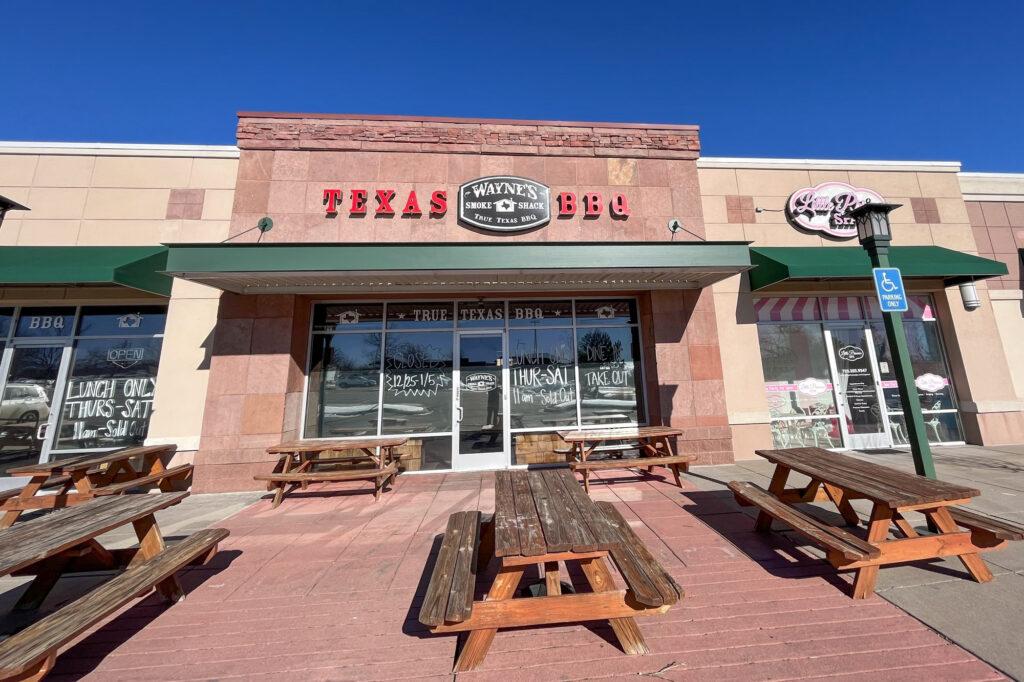
“We’ve been building momentum for nine years and we’ve organically just been busier year after year,” Wayne said about the restaurant. “Stopping the momentum for six months to a year, whatever it’s going to take to get the cleanup happening, it will have an impact on us.”
The family is living at a hotel as they hunt for a new rental house. Wayne said they will reopen their restaurant, but his family likely won't rebuild their home in the same neighborhood. The fire has made him rethink his future home's location and how that home is built.
“All of our houses are basically just made out of wood and sticks. And, unfortunately, they were all so close together, they probably did fall like a little intricate domino set,” Wayne said.
Colorado does not have statewide regulations on how homes should be built or rules on how landscaping and other open space should be managed to survive wildfires better. A handful of other states do. According to the National Fire Protection Agency, thoughtful changes to both can greatly increase the chances of a home surviving a wildfire.
A 2013 task force looked at the best ways to protect people and property after one of the state’s most destructive wildfire seasons. The group’s final report suggested the state create a model ordinance for homes built in areas at risk for wildfire. That mandate could include building codes since the use of fire-resistant building material has been found to be one of the most effective measures at preventing a home from burning down.
Nine years and numerous disastrous wildfires later, no model ordinance exists. The effort died at the State Capitol.
Boulder County adopted stricter local building codes after the Black Tiger fire destroyed 50 homes in 1989, decades before the task force recommendations. A public-private program called Wildfire Partners helps homeowners follow the regulations. The program includes an onsite home assessment with a wildfire mitigation specialist who helps homeowners develop a wildfire mitigation plan. That includes upkeep of landscaping, defensible space around the property, and other ways to prepare for the worst-case scenario like identifying escape routes and having go-bags ready, said Program Coordinator Jim Webster.
Under Boulder County’s rules, new homes must be constructed with fire-resistant roofing and siding. Exterior vents need a mesh cover to keep embers out and three feet of gravel is required around the home’s foundation.
Like many destroyed or damaged in the Marshall fire, the Shellnut's home was built after the rules were adopted but wasn't required to include the additional fire protections.
Boulder County’s wildfire building regulations only apply to the foothills and the mountains in areas outside of cities and towns. Webster said the wildfire building codes were limited to areas near forests that face the highest wildfire risk.
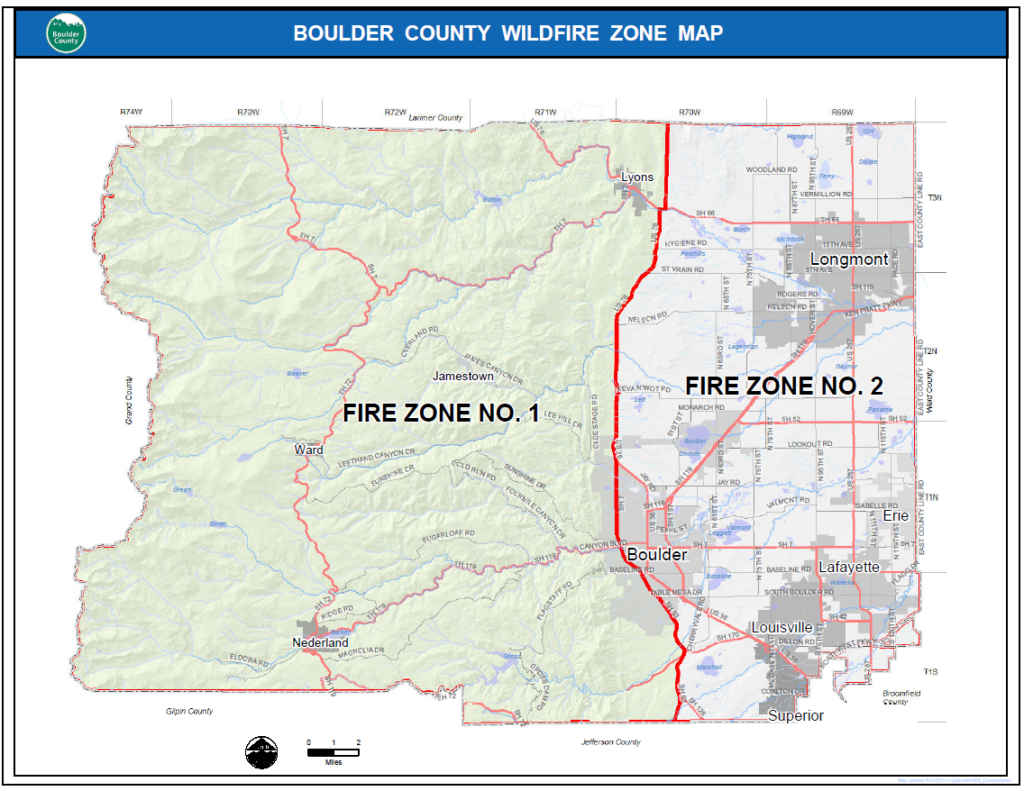
“There obviously is wildfire risk on the plains, but that is not the focus of our regulations and our voluntary programs,” he said.
The Shellnutt's home and many others in neighborhoods engulfed in the Marshall fire are in grassy, urban areas that aren't required to follow the county construction rules. Webster said Boulder County officials might push to expand its wildfire building codes into unincorporated grassland areas, but many homes are located within the boundaries of cities and towns that would have to adopt their own codes.
Neither of the communities that suffered the most damage in the Marshall fire has wildfire-focused construction or design requirements.
Municipal codes for the town of Superior don't include wildfire-resistant building rules. Officials in Louisville confirmed it doesn't have wildfire building codes either, but the city is now considering whether new regulations could limit damage and losses in future fires. City officials there are studying how homes burned in the Marshall fire and what design characteristics helped others survive. That data will be given to the city council as it considers strengthening construction rules as homes are rebuilt in Louisville.
Webster said wildfire building and design regulations can’t be adopted without significant public and political support. He said Boulder County’s current rules were focused on the foothills and mountains because people recognized a need after multiple fires burned homes in forested areas.
“Now people from around the state, and around the country as well, will be looking at the needs to increase our wildfire mitigation and preparedness efforts in grassland systems as well,” Marshall said.
The National Fire Protection Association now advocates that states like Colorado adopt statewide wildfire building codes. Michele Steinberg, the wildfire division director, said the group recently decided to start pushing for policy changes because the threat of wildfires is getting worse. Steinberg said that more homes are burning down today than they were 30 years ago.
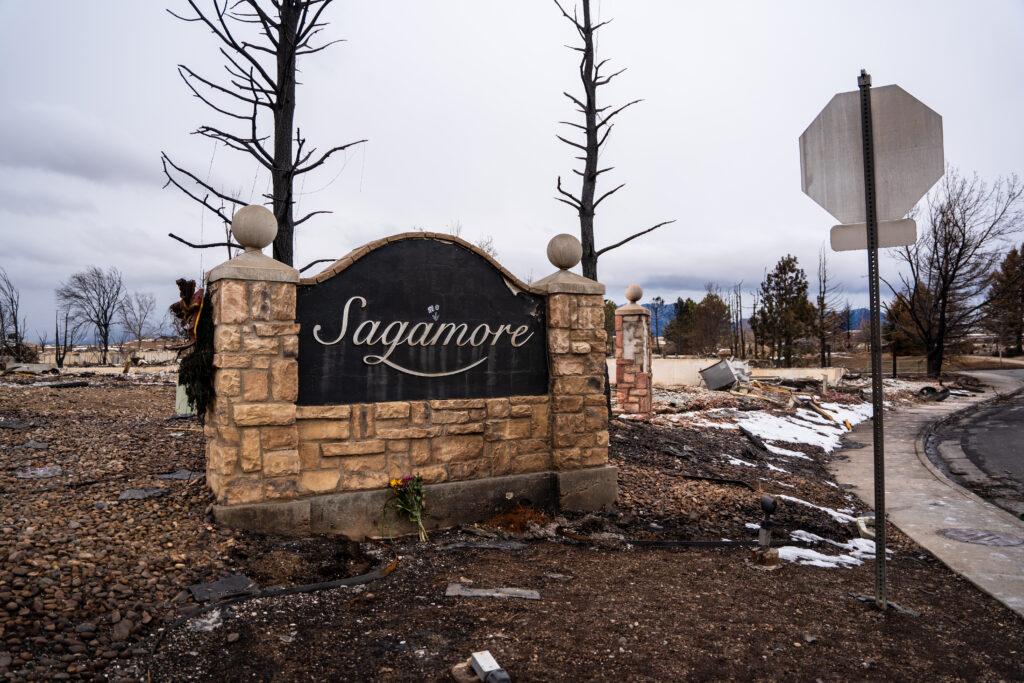
"We know that wildfires in their increasing frequency and intensity that the fire service can't do this alone. Volunteer activity can't do this alone," Steinberg said. "We were missing the government responsibility, the enforcers and the codes and standards."
Steinberg said no building code guarantees that every home will survive every fire, especially one as destructive as the Marshall fire. But decades of research shows that construction and design rules for homes and communities can slow the spread of urban fires where homes and buildings become the fuel, she said.
“The standards are almost too simple in a way that people say, ‘Well, can that really help my home from burning down?’ And they really can,” Steinberg said. “The decisions that we make today in building and land use planning will impact us for 50, 60, 70 years down the road.”
Some Democratic Colorado lawmakers are considering introducing a bill for a statewide wildfire building code. State Sen. Chris Hansen, a Denver Democrat who sits on the legislature’s Joint Budget Committee, said the fires in Boulder County — which followed the state’s worst wildfire season on record in 2020 — prove the danger is immediate and nearby.
“There’s kind of no such thing as a fire season anymore,” Hansen said. “The entire year we are under threat from this type of wildfire both on the Front Range and the West Slope. I think it’s a statewide problem, and I think people are understanding that risk in a much more close to home way now.”
Hansen said the idea of a statewide wildfire code needs a "thorough debate," but he agrees that there are clear data showing how the stronger requirements have been helpful in other wildfire-prone states like California. Colorado is making significant new investments in wildfire control and prevention, Hansen said, and local efforts like building codes could complement the state's work.
Hansen said that adopting a statewide wildfire building code would make Colorado more competitive for disaster mitigation grants from the Federal Emergency Management Agency. There's a point system for the grants, and 20 of the 100 points possible are dependent on a state having adopted codes. Colorado did not win any of the more than $50 million in federal grant money it had applied for, Hansen said.
“Colorado does score zero, essentially,” he said. “There is a very clear budget angle to this. The state needs to work together with federal funding to make the scale of progress that Colorado requires.”
There are no details on what the statewide wildfire bill might look like, but Hansen said a good place to start would be to consider what is needed to secure federal grant funding.
In the past, similar efforts have failed after pushback from home builders associations and lawmakers who say those rules could be costly and should be set by local governments. A 2020 report from NPR showed that home builders groups wanted local governments to determine their own codes and rely on outreach programs that educate homeowners about wildfire preparation.
"I think we question the efficacy of a statewide [wildland-urban interface] code, because we support local codes," Ted Leighty, CEO of the Colorado Association of Home Builders, told NPR. "We believed, and still do, that codes are best developed, implemented and enforced by local governments. Each local area has unique issues and circumstances and geography."
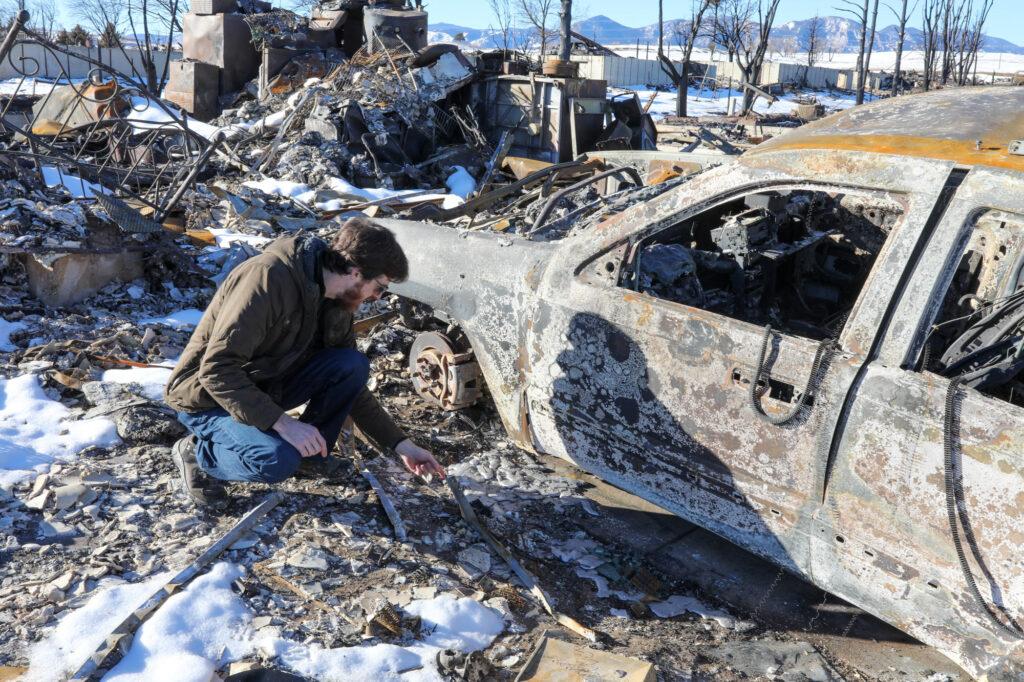
Leighty declined CPR News’ request for comment until a wildfire code bill or a draft is introduced. In an interview with the Colorado Sun, Leighty said a “cookie-cutter approach” to building codes doesn’t make sense with Colorado’s diverse geography.
Mike Morgan, the director of the Colorado Division of Fire Prevention and Control, said many people automatically think of the wildland-urban interface as heavily forested areas where homes can be threatened by wildfire because they’re close to trees. He said the Marshall fire shows fire is endemic to most areas of the state.
When he watched the Marshall fire burn, Morgan said the only thing he could compare it to was a blowtorch. With hurricane-strength winds and dry conditions, he isn’t sure much could have been done to slow its spread. He recognizes that the wildfire threat across the state is changing.
“I mean, to have a fire like that in Colorado in December? Twenty years ago it didn’t happen,” Morgan said. When there’s no snow on the ground to keep grass and vegetation pushed to the ground, Morgan said communities should be reminded to remove potential fire fuels that “normally this time of year you wouldn't even be thinking about.”
Morgan said building codes can be a good tool to reduce the likelihood and severity of fire events. Still, he acknowledges that Colorado is a local control state where the local government level manages the decision to adopt and enforce codes. Gov. Jared Polis has asked Morgan and the Colorado Fire Commission to form a working group to look at how a statewide code might be considered in a local control state.
“The initial reaction is to try to get a one size fits all model,” Morgan said. “There’s a lot of factors that come into play about what codes would be the most practical for different parts of the state.”





